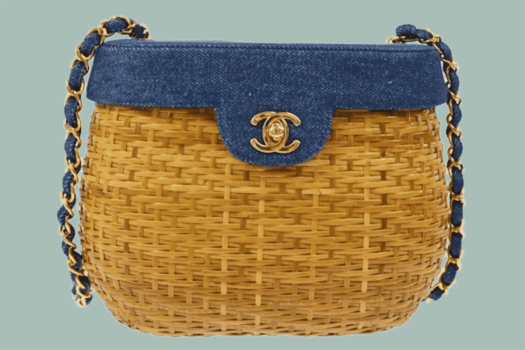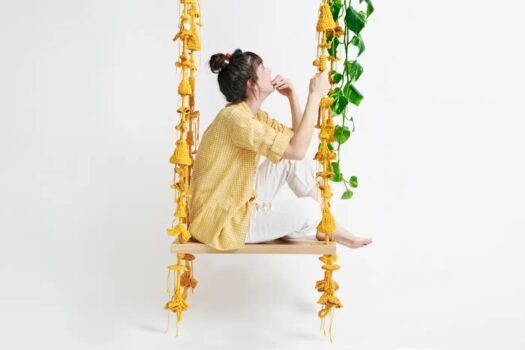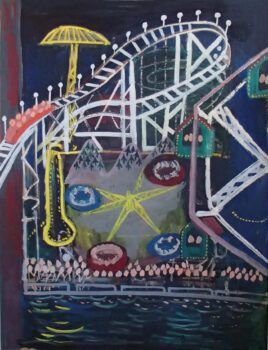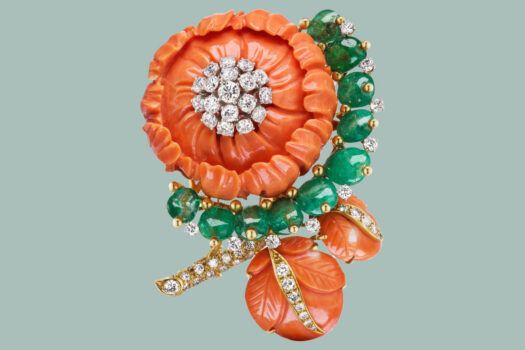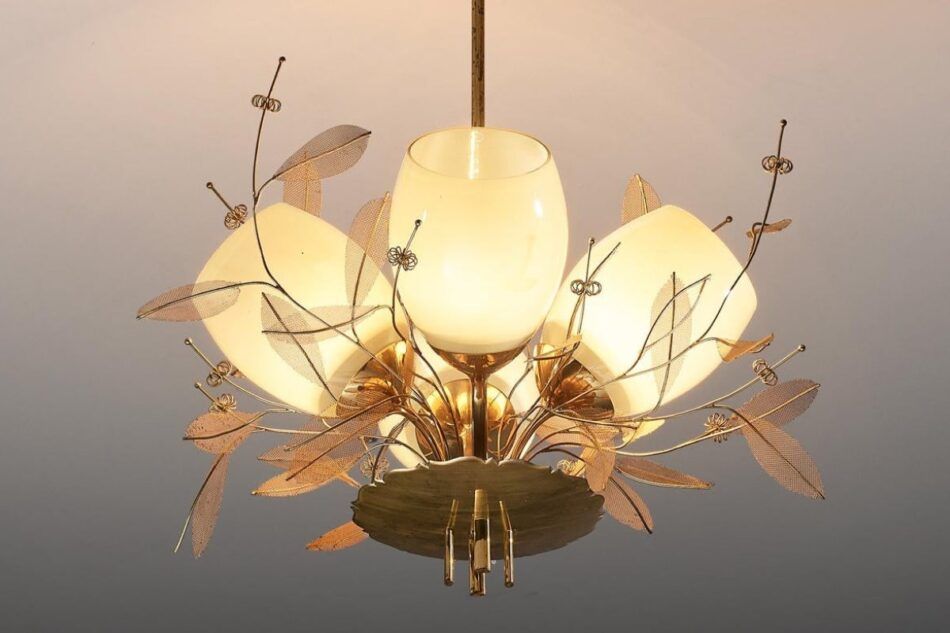
Paavo Tynell’s Concerto 9029/4 chandelier is postwar optimism in shimmering brass. Like many of the fixtures in the Finnish lighting master’s Finland House Originals collection, introduced in 1948, the 31-inch-high pendant is a festive expression of a time when all good things seemed possible.
Likely designed with an eye to the American market and launched exclusively in the U.S. at Finland House — a retail store at 41 East 50th Street in Manhattan that opened in April 1948 — the lines in the collection have delightfully musical names: Concerto, Crescendo, Sonata, Humoresque, Fantasia and Allegro. What else do they all have in common? “Sculptural arrangements, references to nature and a sense of liveliness,” says Naomi Verbeek, head of design research at Netherlands-based dealer Morentz, which is offering a four-light Concerto on 1stDibs.
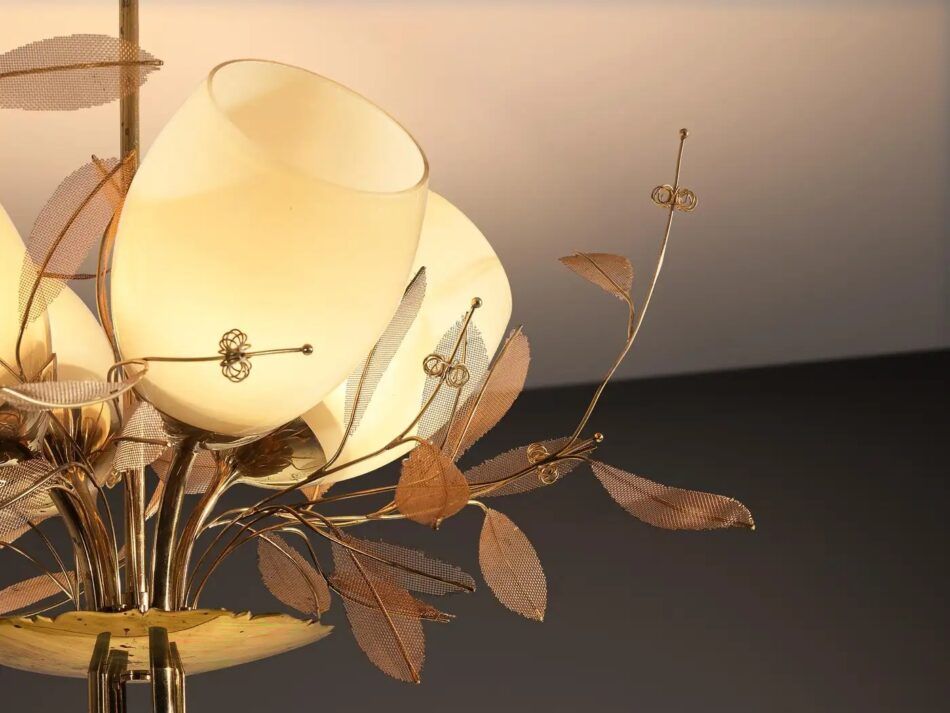
Some of Tynell’s meticulously handcrafted creations from this era are so ethereal they’re akin to mobiles. The Snowflake, part of the Fantasia series, for instance, is an enchanting concoction of delicately balanced brass snowflakes and stars.
The Concerto, often called the Morsiuskimppu or Bridal Bouquet chandelier, is an even more intricate construction. In the 9029/4 version, multiple delicate “stalks” adorned with mesh leaves and spiral rosettes spring from a curved brass plate, diverging in various directions. Four amber-glass shades point upward, radiating a warm, diffused light — a nostalgic nod, perhaps, to a rosily remembered prewar past. The Finland House catalogue put it well, describing the Concerto as “sheer theatre.”
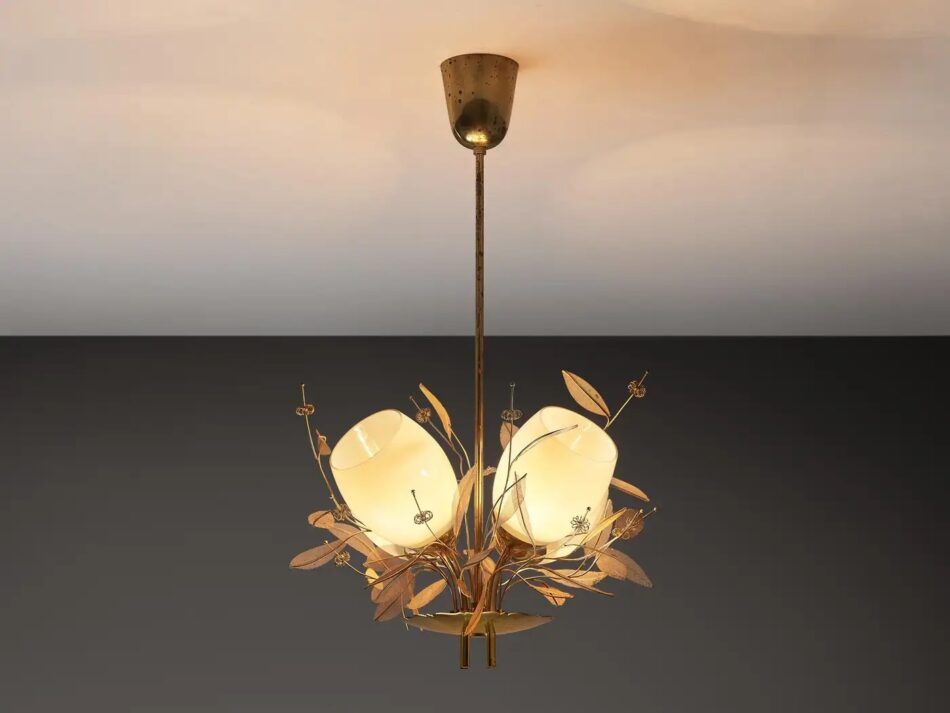
The lighthearted Finland House lamps represented a break from the sober rationalism that characterized Scandinavian lighting in the 1920s and ’30s. Taito Oy, the Helsinki lighting manufacturer Tynell cofounded in 1918, was known for stylish but utilitarian fixtures, used in countless homes and public buildings, including the United Nations secretary general’s office in New York and Alvar Aalto’s Paimio Sanatorium in Finland. Tynell’s whimsical side, however, came fully alive in the late 1940s. “It was then that his signature decorative style fully matured,” says Verbeek. “But playful appearances never undermined his functional design ethos.”
Although this example is not a one-off (custom variations of Tynell fixtures were often produced on request), it belongs to a limited production run distributed first by Finland House and later by Idman Oy, another Finnish lighting concern. “Pieces from the Concerto line are rare,” Verbeek says. “Examples do not surface frequently, so each Concerto chandelier remains a special find.”

